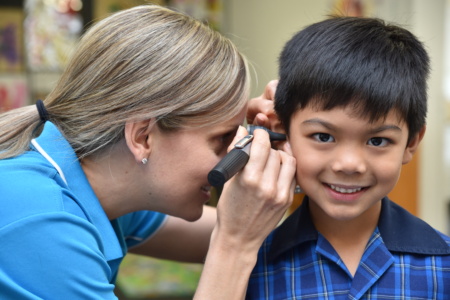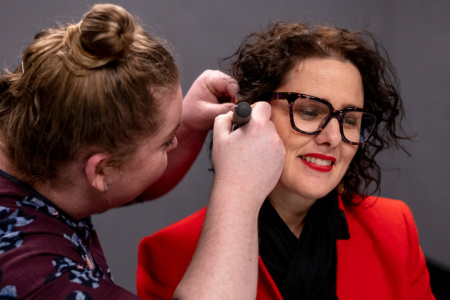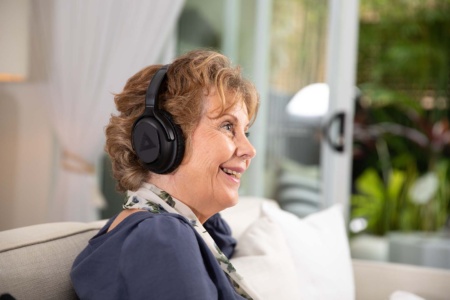Just a few minutes of searching the words ‘hearing aids’ online can present a minefield of information.
“The sheer amount of information available to us online today is often overwhelming, and it’s unsurprising that this can put people off taking that step towards improving their hearing,” said Hear and Say Audiology Manager, Julie Decker.
“There are so many hearing aid manufacturers and many different models, so finding the best hearing aids for your personal circumstances means a ‘one size fits all’ approach isn’t going to work in most cases.”
To work out the most suitable hearing aid for your needs, Julie recommended having a comprehensive hearing test by a qualified audiologist. They will then be able to make recommendations based on the hearing aid that suits your specific type of hearing loss, lifestyle and communication goals.
“A full hearing test like the one we offer at Hear and Say not only tests your hearing, but looks at your ability to hear in both quiet and background noise environments. This is a crucial part of recommending the most suitable hearing aid for you,” said Julie.
“People are often surprised at just how far hearing aid technology has come over the past decade. Many models scan the environment you’re in, such as a noisy café, and adjust themselves depending on the level of noise. Bluetooth streaming is also now readily available, which means you can take calls and listen to content from your phone or tablet directly to your hearing aids.”
Regardless of what type of hearing loss you have, Julie said that acting early and seeking specialist support was vital to ensure your hearing loss wasn’t limiting your life or driving you to withdraw from your friends and family.
“Ensuring that initial programming of the hearing aids is set up correctly and that you are seeing a reputable audiologist for regular check-ups is key for ensuring you are always getting the best out of your hearing aids,” said Julie.









